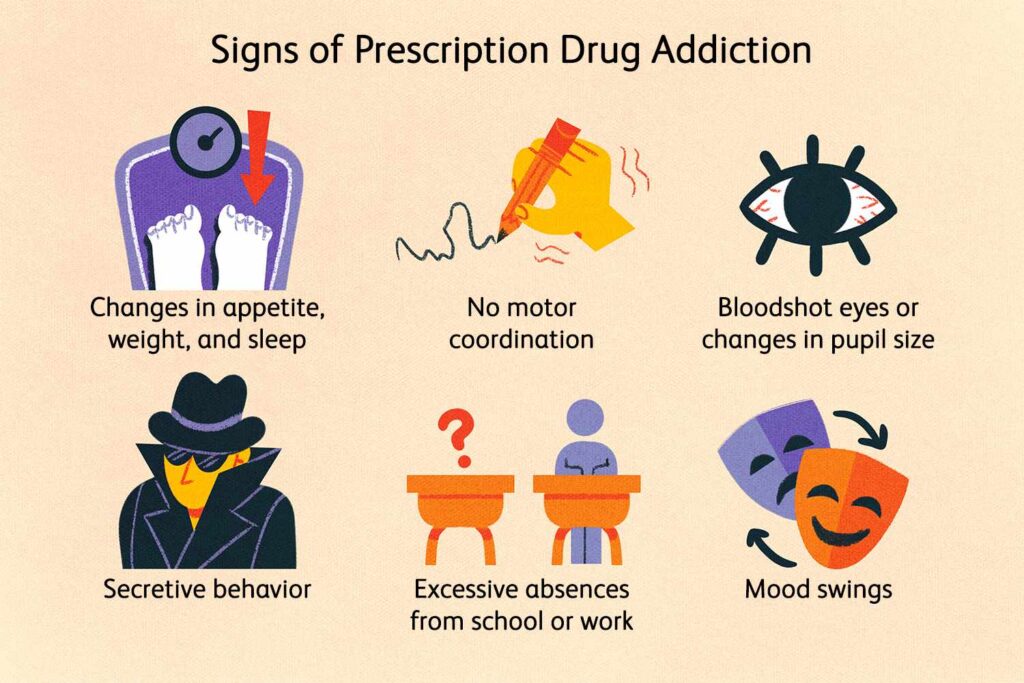stimulant addiction
Abuse and Stimulant Addiction occurs when people use stimulants regularly to the point where they no longer get the desired effects from the drug and become dependent on it.
They also develop tolerance to the drugs, meaning they have to take larger doses of the drug to get the same effect.
what are the Stimulants? and how do they affect the body?
Stimulants, like cocaine, methamphetamine, and prescription drugs such as Adderall, increase energy and focus by stimulating the brain’s production of neurotransmitters.
These include norepinephrine and dopamine, two neurotransmitters that affect the pleasure and reward centers of the brain as well as the centers responsible for movement, focus, and motivation.
signs and complications with Stimulant Addiction

The brain is vulnerable to abuse of stimulants because they disrupt a person’s ability to regulate their impulses and behavior.
This can lead to impulsive and compulsive behaviors, including drug taking, according to a recent study by behavioral and clinical neuroscientist Trevor W. Robbins of Cambridge University in England.
Diagnoses of Stimulant Addiction
- Diagnoses of Stimulant Addiction are based on criteria listed in the Diagnostic and Statistical Manual of Mental Disorders (DSM-5).
- The presence of two or more symptoms is sufficient for a diagnosis.
- Stimulant abuse occurs when a person takes more than their prescribed amount of prescription stimulants or uses them to get high.
- They may take the drugs orally, snort them, smoke them, or inject them.
Treatment For Stimulant Addiction
When prescribed by a doctor to treat ADHD, stimulants (also called uppers) increase energy, alertness, and concentration. But if used for a long time, they can become highly addictive.
If you or a loved one has an addiction to these drugs, seek help as soon as possible. These substances can cause serious health problems, including heart attacks and strokes.
Conclusion
Withdrawal from stimulant use can be very difficult, especially if the user has abused the drug for a long time or in high doses. Withdrawal symptoms typically begin within 24 hours of the last time a person used the drug, but they may persist for up to 5 months afterward.
When you or a loved one is struggling with a stimulant use disorder, it’s important to seek treatment as soon as possible.
Recovery can be life-changing for all involved and it’s within reach. Call us today and let us help you find relief through detox, a professional treatment program, and ongoing sobriety support.
resources and references: Addiction Center, American Addiction Centers, DrugAbuse, UCLA.


Leave a Reply